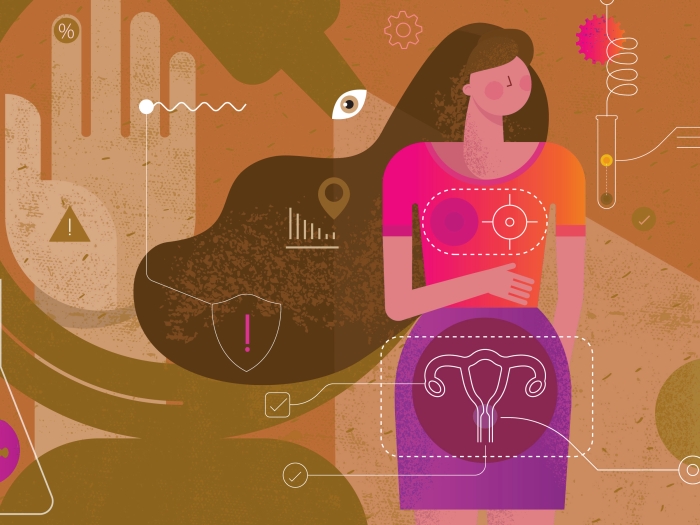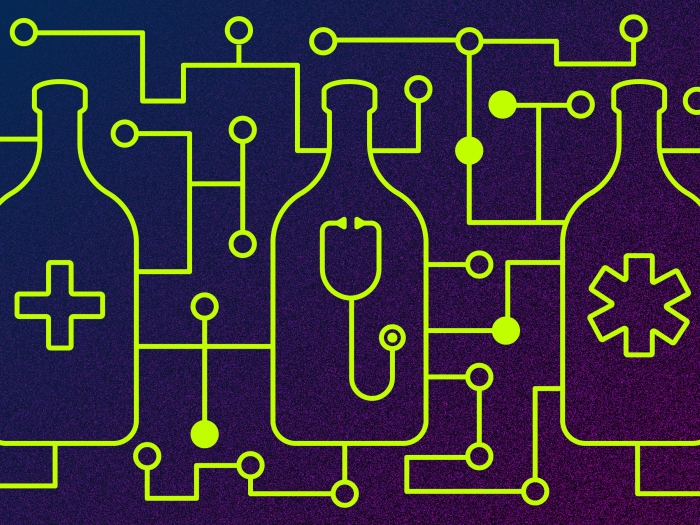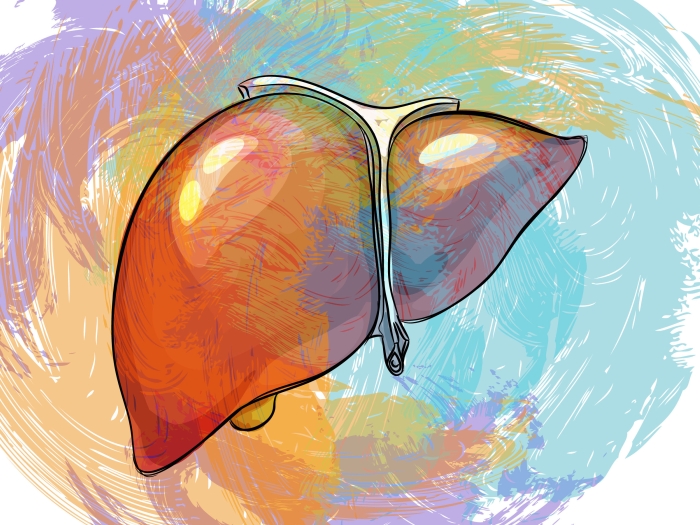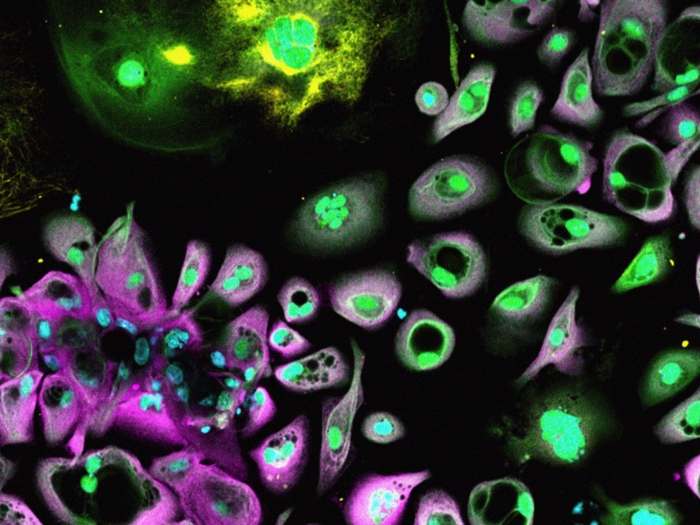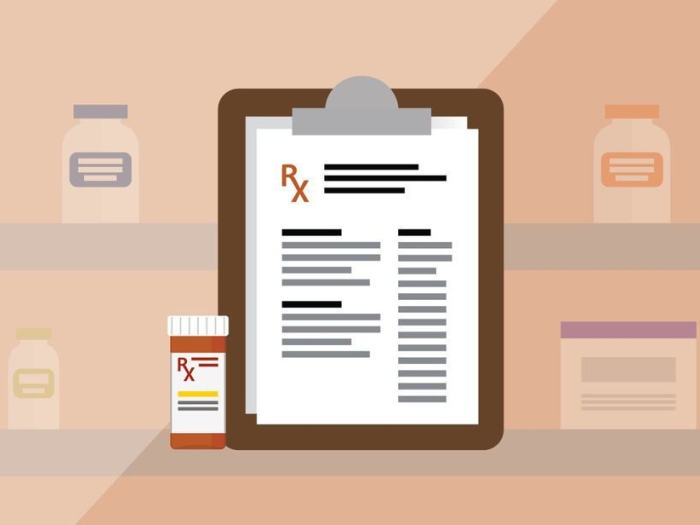Rapid rise in liver deaths highlights new challenges in treatment and prevention despite gains in fighting hepatitis C, researchers say.
7:00 AM
Author |

Deaths from cirrhosis rose in all but one state between 1999 to 2016, with increases seen most often among young adults, a new study shows.
Deaths linked to the end stages of liver damage jumped by 65 percent during that period — with alcohol a major cause, adults ages 25 to 34 the biggest victims and fatalities highest among whites, American Indians and Hispanics.
LISTEN UP: Add the new Michigan Medicine News Break to your Alexa-enabled device, or subscribe to our daily audio updates on iTunes, Google Play and Stitcher.
Liver specialist Elliot B. Tapper, M.D., says he's witnessed the disturbing shift in demographics among the patients with liver failure he treats at Michigan Medicine.
By collecting national data, Tapper and study co-author Neehar Parikh, M.D., M.S., confirmed a sobering fact: More young people are drinking themselves to death.
The data published in the journal BMJ show adults ages 25 to 34 experienced the highest average annual increase in cirrhosis deaths — about 10.5 percent each year. The rise was driven entirely by alcohol-related liver disease, the authors say.
"Each alcohol-related death means decades of lost life, broken families and lost economic productivity," says Tapper, a member of the University of Michigan Division of Gastroenterology and Hepatology and health services researcher at U-M's Institute for Healthcare Policy and Innovation.
"In addition, medical care of those dying from cirrhosis costs billions of dollars."
Cirrhosis can be caused by a virus like hepatitis C, fatty liver disease or alcohol abuse.
The rise in liver deaths is not where liver specialists expected to be after gains in fighting hepatitis C, a major liver threat often seen in baby boomers. Antiviral medications have set the course to one day eradicate hepatitis C.
But the study highlights new challenges in preventing liver deaths beyond hepatitis.
"We thought we would see improvements, but these data make it clear: Even after hepatitis C, we will still have our work cut out for us," says Tapper.
Cirrhosis deaths on the rise
That mortality due to cirrhosis began increasing in 2009 — around the time of the Great Recession, when the economic downturn led to loss of people's savings, homes and jobs — may offer a clue as to its cause.
"We suspect that there is a connection between increased alcohol use and unemployment associated with the global financial crisis. But more research is needed," Tapper says.
MORE FROM THE LAB: Subscribe to our weekly newsletter
Cirrhosis caused 460,760 deaths during the seven-year study period; about one-third were attributed to hepatocellular carcinoma, a common type of liver cancer that is often caused by cirrhosis, researchers found.
The rapid rise in liver deaths underscores gaps in care and opportunities for prevention and early detection.Neehar Parikh, M.D., M.S.
In 2016 alone, 11,073 lives were lost to liver cancer, a number that has doubled since 1999.
New cases of liver cancer have largely been associated with cirrhosis of the liver and widespread obesity giving rise to non-alcoholic fatty liver disease.
Long-term survival from liver cancer is possible but complicated by a lack of early detection and scarce treatment options when cancer reaches advanced stages, says Parikh, medical director of the Liver Tumor Program at the U-M Rogel Cancer Center. He also researches liver cancer treatment outcomes.
"The rapid rise in liver deaths underscores gaps in care and opportunities for prevention and early detection," Parikh says.
Preventing future problems
Researchers studied the trends in liver deaths due to cirrhosis by examining death certificates compiled by the Centers for Disease Control and Prevention's Wide-Ranging Online Data for Epidemiologic Research dataset.
SEE ALSO: Study: Alcohol-Related Cirrhosis Patients Are Sicker, Costlier and Often Female
The study's goal was to determine trends in liver disease deaths and which groups have been impacted most across the country. The research showed:
-
It is hitting many states especially hard — namely Kentucky, Alabama, Arkansas and New Mexico, where cirrhosis deaths were highest.
-
Cirrhosis mortality is improving only in Maryland, according to a state-by-state analysis.
-
Liver cancer rates surged among all racial and ethnic groups except among Asians and Pacific Islanders.
Deaths from alcohol-related liver disease are preventable, say the authors, who suggest strategies such as taxes on alcohol, minimum prices for alcohol and reducing marketing and advertising to curb problem drinking. Higher alcohol costs have been linked with decreased alcohol-related deaths.
United States dietary guidelines say men can safely consume up to two alcoholic drinks a day and women up to one drink a day. However, a recent international study says just five drinks a week can be associated with decreased life span.
Helping adults understand safe levels of drinking and how it can impact their lives can be a challenge.
"We can do a better job of recognizing when substance abuse treatment is needed, but policies that affect price and promotion also deserve attention," Tapper says.

Explore a variety of healthcare news & stories by visiting the Health Lab home page for more articles.

Department of Communication at Michigan Medicine
Want top health & research news weekly? Sign up for Health Lab’s newsletters today!
